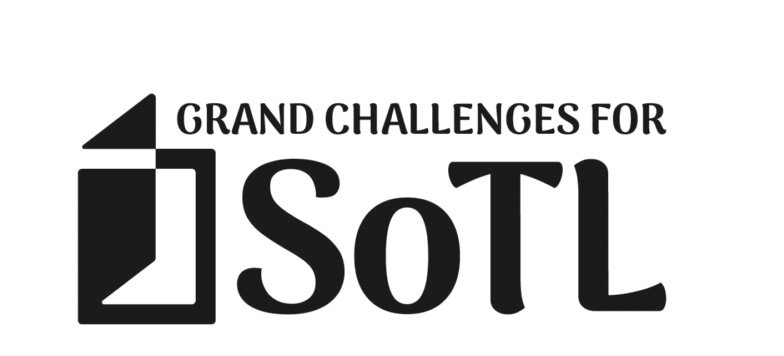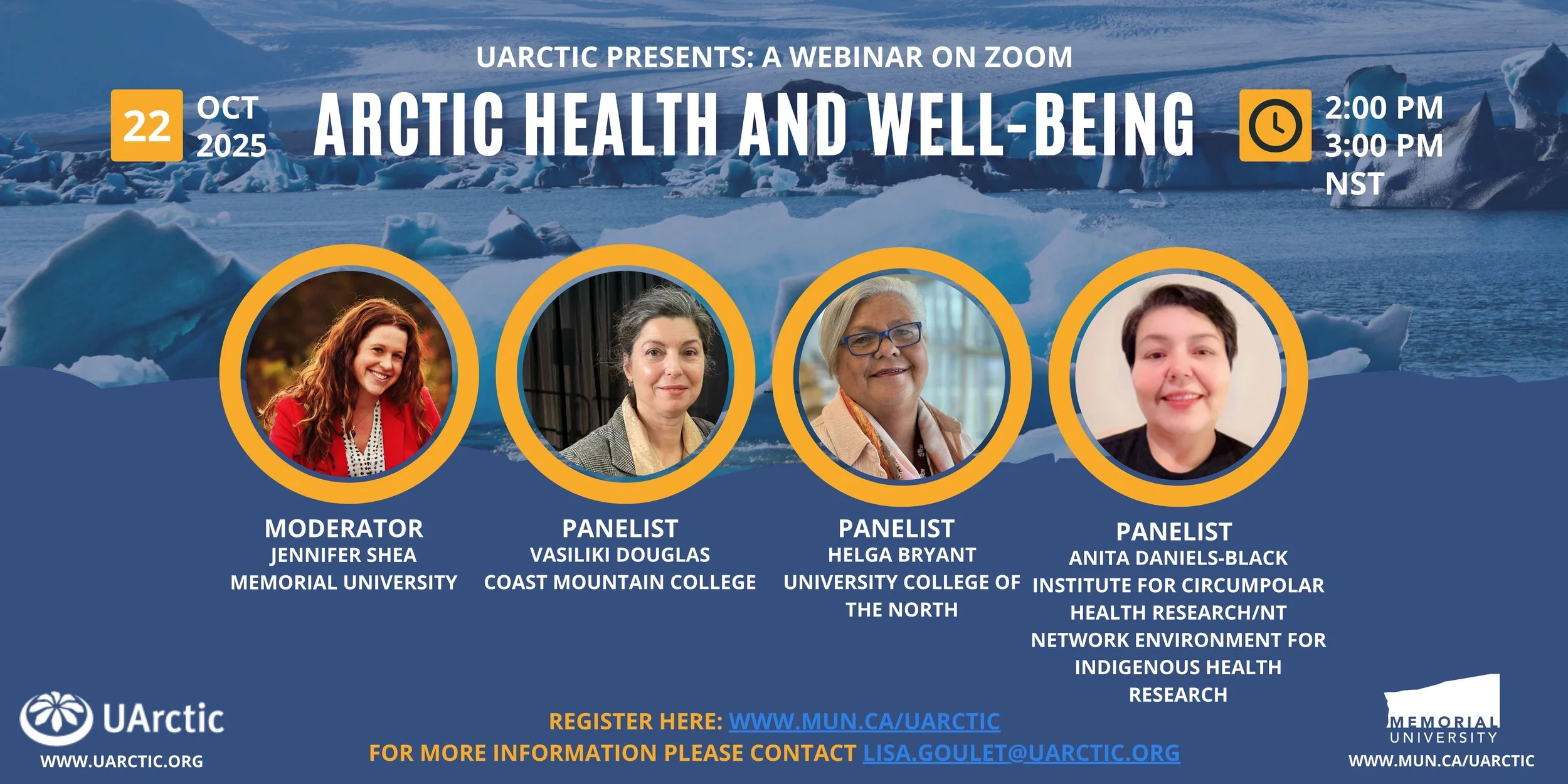In academic writing, paragraphs are used to organize an author’s ideas, so a reader can easily follow an argument.
Excluding the introductory and concluding paragraphs in an essay, most paragraphs follow the same basic structure, containing three parts:
An introduction / topic sentence
A body or evidence
A conclusion
In addition, each paragraph should focus on only one topic or idea. This helps a reader to understand where one idea ends and another begins.
Topic Sentence
The topic sentence introduces the reader to the topic, or idea, of the paragraph. The topic sentence should also explain what the author has to say about an idea.
Example of an ineffective topic sentence:
Simon Schama claims that Dutch moralists perceived women to be irrational, immoral, ill-tempered, vain,and unpredictable when left to themselves, with marriage being the only ‘harness’ strong enough to curb their wild tendencies (400).
This sentence does not work as a topic sentence because it explains what Schama argues, rather than what the author of the paper argues about the Dutch moralists.
The following revision is more effective as a topic sentence:
However, by seventeenth century Dutch societal standards, art was not considered to be an acceptable occupation for a woman to hold.
In this case, the topic sentence focuses on what the author argues, rather than on someone else’s work. The information about Simon Schama is still relevant, but it is no longer the focus of the paragraph. Instead, Schama’s claim can be used as evidence in the body of the paragraph.
Body / Evidence
The body of a paragraph contains information, evidence, and a discussion that supports the paragraph’s topic sentence.
Some examples of academic evidence include the following:
Quotations and paraphrases from scholarly books and journals
Statistics
Lab or survey results
Primary sources (such as interviews)
It is important to note that not all evidence is equal when it comes to academic writing. Many instructors require students to use 'scholarly sources' for their research.
Integrating evidence
Evidence should never 'stand alone'; rather, evidence needs to be explained and interpreted by the author because a reader may not make the same assumptions as the author.
Consider the following example:
Topic sentence — Reproductive issues are development issues.
Evidence — Lower birthrates and increases in life expectancy, both results of better reproductive healthcare, are linked to increases in education, family education and income, which are themselves linked to increases in the status of women (Cohen, 2001).
Explanation of evidence — Better pre-natal care will allow more children to live longer and healthier lives, so it is critical for nations to invest in the health of women and girls, both for the health of the women themselves and for the health of the nation as a whole. [...]
In this paragraph, the author argues that reproductive issues should be given more attention within the field of international development. She uses work by Susan Cohen to strengthen her argument, and then discusses what this work means for the overall claim of the paragraph (i.e., how reproductive issues are linked to development issues). The final part of the last sentence then links the author’s evidence to the overarching argument that investing in the reproductive health of women in a particular country means investing in the health of all people in this country. The author’s interpretation of the evidence is important because a reader may not come to the same conclusions on his or her own.
Concluding Sentence
The last part of a paragraph should consist of a sentence that summarizes and explains what was discussed by linking the argument in the topic sentence to the evidence in a way that explains how the evidence helps to prove the argument. In other words, a paragraph should end by explaining to the reader exactly what he or she should have learned. These concluding sentences are effective because they connect the authors’ arguments with the evidence.
In addition to summarizing and explaining a paragraph’s argument, some concluding sections include the wider significance of an argument. For example, a conclusion may explain how a paragraph’s argument helps to support an essay’s thesis statement.
Paragraph length
Students often ask how long a paragraph should be. As with most anything in writing, the answer is, “it depends.” A paragraph should be as long or as short as it needs to be in order to convey the desired information.
The easiest way to determine paragraph length is to remember that each paragraph should focus on only one topic or idea. It is more about quality or strength of the point, rather than the quantity or length.
Practice ↓
1.True or False? The body of a paragraph should consist entirely of your own arguments.
2.How long should a paragraph be?
a. At least one sentence.
b. At least three sentences.
c. It depends on the information that needs to be included.
d. No more than ten sentences.
3.What should you remember about your evidence/support in academic papers?
a. Newspapers are considered to be an academic source.
b. All hits from Google are considered to be academic sources.
c. Not all evidence is considered equal.
d. All hits from a database like EBSCO are considered to be academic sources.
4.Which of the following paragraphs is stronger?
a. Concepts of racial and sexual inferiority served a socio-political purpose as well as a scientific one. Non-Europeans and women were considered to be inferior for either evolutionary or divine differences or both. These viewpoints particularly came to the forefront after Darwin published Origin of Species. For example, Alfred Russell Wallace suggested that 'savages' were endowed with more wisdom than necessary for their lifestyles, meaning that they had wisdom, just not as much as white people (310). This rationale served as the justification for exploitation and oppression. For example, proponents of imperialism "used savagery and the lower level of cultural evolution as proof of inferior evolution" to support the idea that "colonized peoples were biologically inferior" (Williams par.5). Because of these socio-political purposes of the definitions of racial inferiority, biological anthropologists must do their best to dispel notions that easily lend themselves to crimes against humanity. They are the ones who have demonstrated that 'races' are not acceptable divisions of humankind.
b. Concepts of racial and sexual inferiority served a socio-political purpose as well as a scientific one. If non-Europeans and women are inferior, whether the differences were evolutionary or divine, then it was acceptable to exploit them. This rationale served as the justification for exploitation and oppression, and it still does today, although Europeans are no longer always the perpetrators. Here, biological anthropology must weigh in for the fight, hopefully as a heavyweight. In the eyes of most anthropologists, 'races' are not acceptable divisions of humankind. In this area, biological anthropology is at the forefront of science. Thus, it rests on members of this discipline to do their best to dispel notions that easily lend themselves to crimes against humanity. In addition, members of this discipline often investigate the aftermath of genocides.
Answers ↓
- False
- c)
- c)
- a)





















